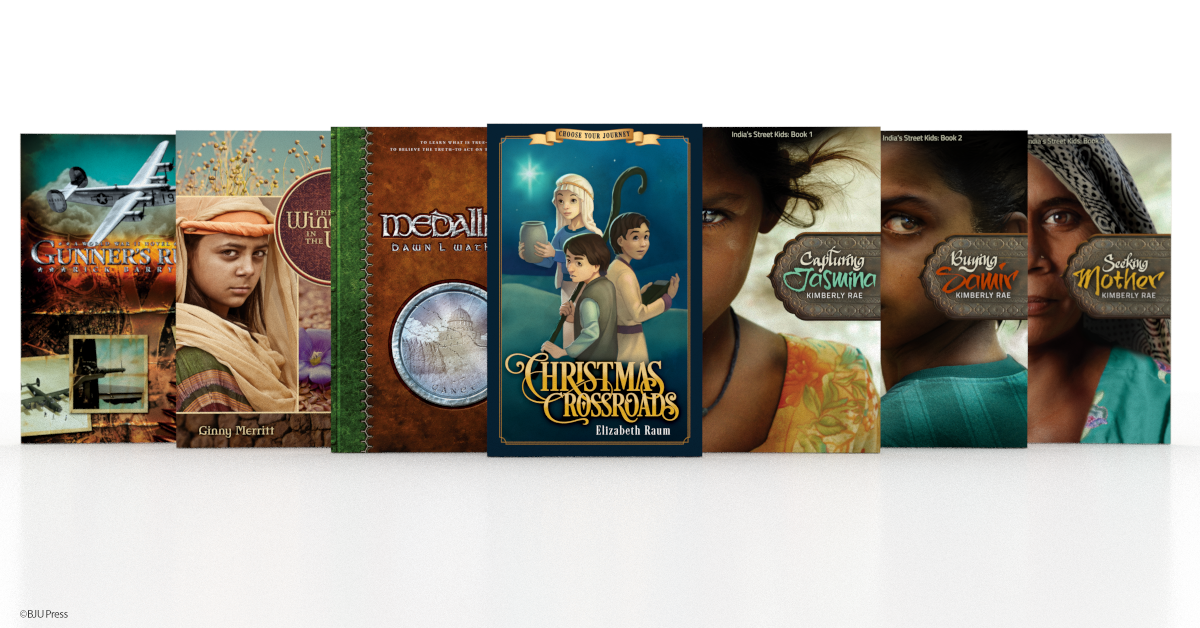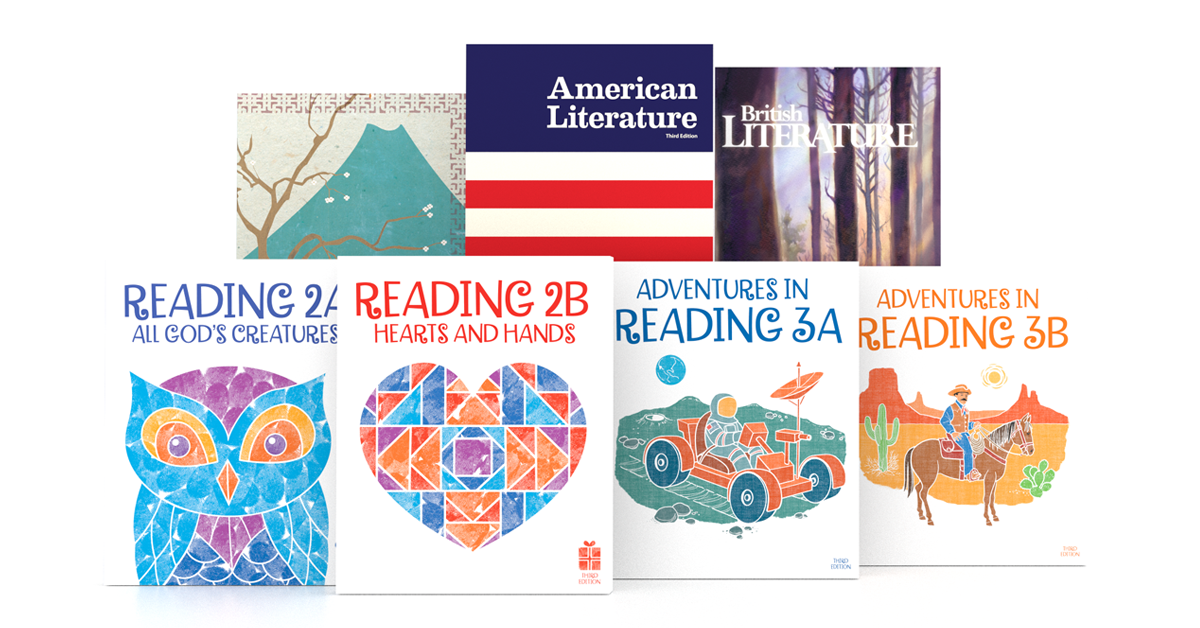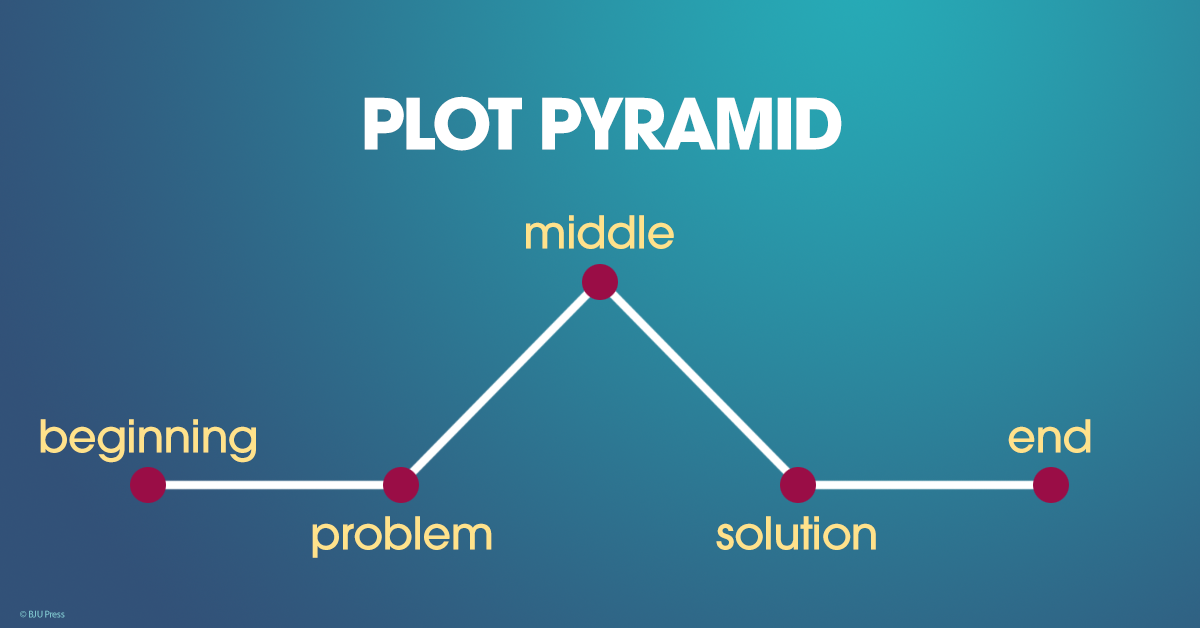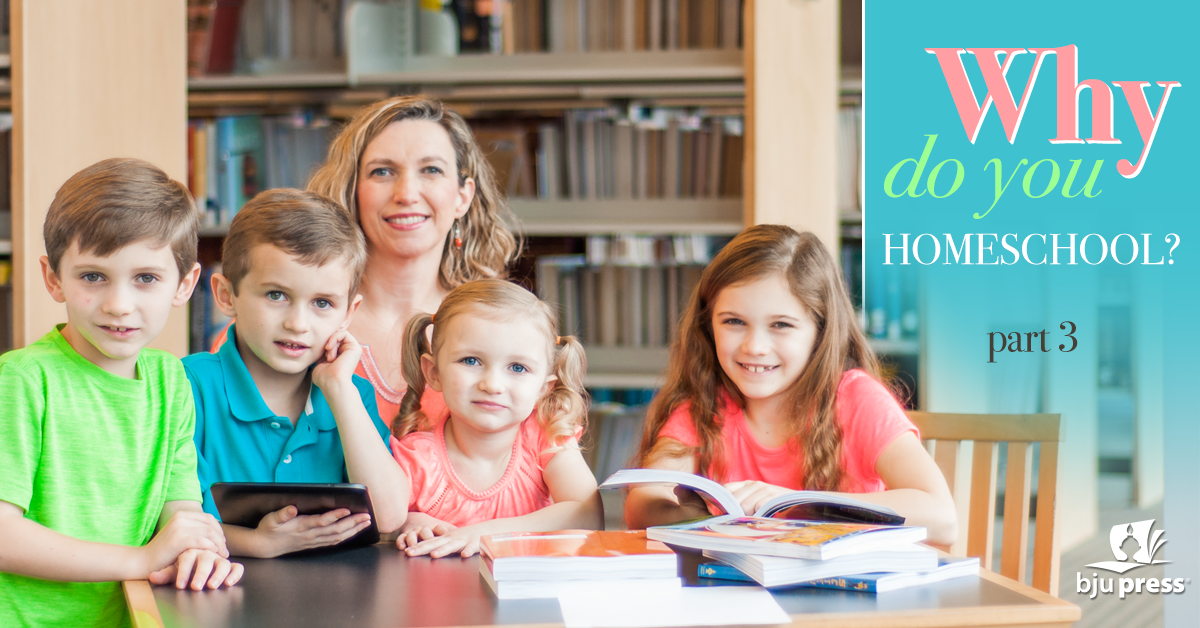
Enjoying a good book while sitting in a deck chair on my patio is one of my favorite summertime activities. The relaxing sounds and smells of nature combined with the warm sun make it easy to be carried away by the pages.
June is reading month here at BJU Press and to celebrate I’d like to highlight some of my favorite blog posts about reading.
Tips for Teaching Reading
- Help for Moms with Struggling Young Readers
- Benefits of Reading Aloud to Your Children
- Is a dedicated reading book necessary?
Fun Reading Activities
Exciting Book Reviews
- Pulling Together by Dawn L. Watkins
- The Role of a Lifetime by Claudia Barba
- Roses on Baker Street by Eileen Berry
Need some extra reading material? JourneyForth is offering 25% off the entire lineup throughout June 2016. From children’s novels to adult Bible studies, there’s something for the entire family. Happy reading!



